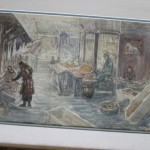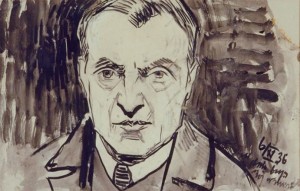Today is another post of photos, lots of photos. We went into old town Jerusalem. We photographed street scenes. We went onto the roof of a hotel to get better visibility of a street. We went to the Western Wall. We enjoyed the sights and smells of the city.
And then this afternoon I went to interview Anne Marie O’Connor, the author of The Lady in Gold. We talked about the Klimt paintings, the Maria Altmann restitution case, Holocaust era looted art, and the Chasing Portraits project.
Today is Chasing Portraits last day of filming in Israel.
A very special thank you to two amazing people, Slawomir Grunberg and Catherine Greenblatt. I couldn’t do it without you. Your support, feedback, and help along the way are invaluable resources to me and the project. You help make everything come together in a way that helps the documentary film shine. I look forward to working with both of you again in New York in July!


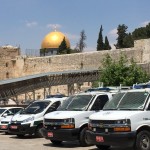





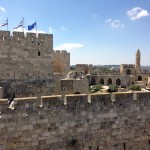

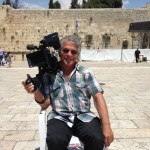



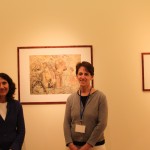




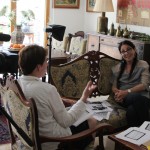
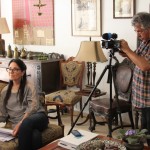






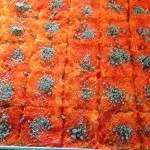















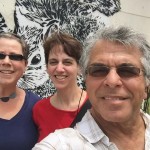
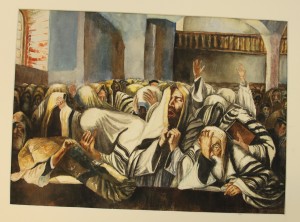


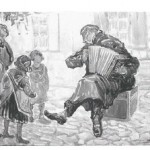
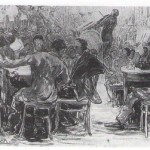

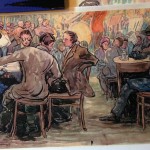


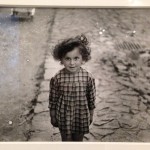







 of Viviane Amsalem
of Viviane Amsalem







